Lavender is a good nectar source for bees and butterflies and a great way to increase biodiversity in your school grounds.
Lavender grows best in full sun and even if you have very little space, it can be planted along paths and in pots. It also has the added benefits of being perennial, evergreen, and drought tolerant, so it looks good throughout the year and is low maintenance.
Perennial plants tend to be expensive, and you may not have enough in the budget to edge a path or make an impressive display at the school entrance. Fortunately, lavender is easy to cultivate by taking cuttings.
Cuttings can be taken throughout the summer and into September and it is an excellent activity for a student group to tackle at the start of the academic year.
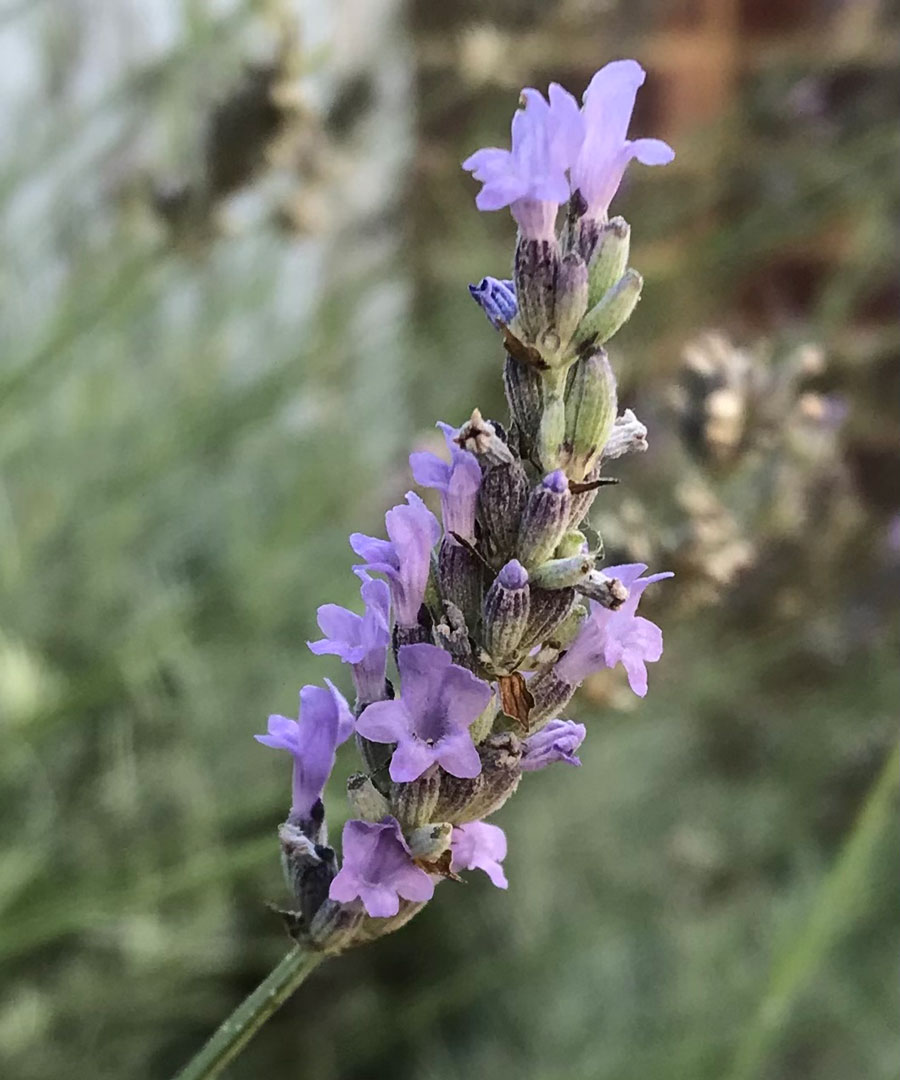
Dip the cut end in rooting powder if you have some, but it is not essential and then place the shoot in a pot filled with compost.
Press around the base of the shoot to ensure there is good contact between the bottom half of the shoot and the compost.
Water well and keep the soil constantly moist (but not waterlogged) for the first two months.
After the cuttings have developed roots, usually after 6 weeks, they will be less likely to die due to lack of water, but they are still vulnerable.
When the weather starts to cool, place the pot in a clear plastic bag (this will keep the cuttings slightly warmer and help to keep the soil moist).
Protect from frost over winter!
The lavender plants can be planted out in April/May.
Lavender will not survive in shade so only plant in areas that get plenty of sunshine. They will also die in waterlogged soil.
If your soil is heavy, it is a good idea to plant lavender in pots or raised beds or in areas where you have added compost to break up the clay into a crumb structure.
Pupils can take cuttings from lavender plants at home, and you could sell any unwanted plants to raise money for seeds, pots etc.

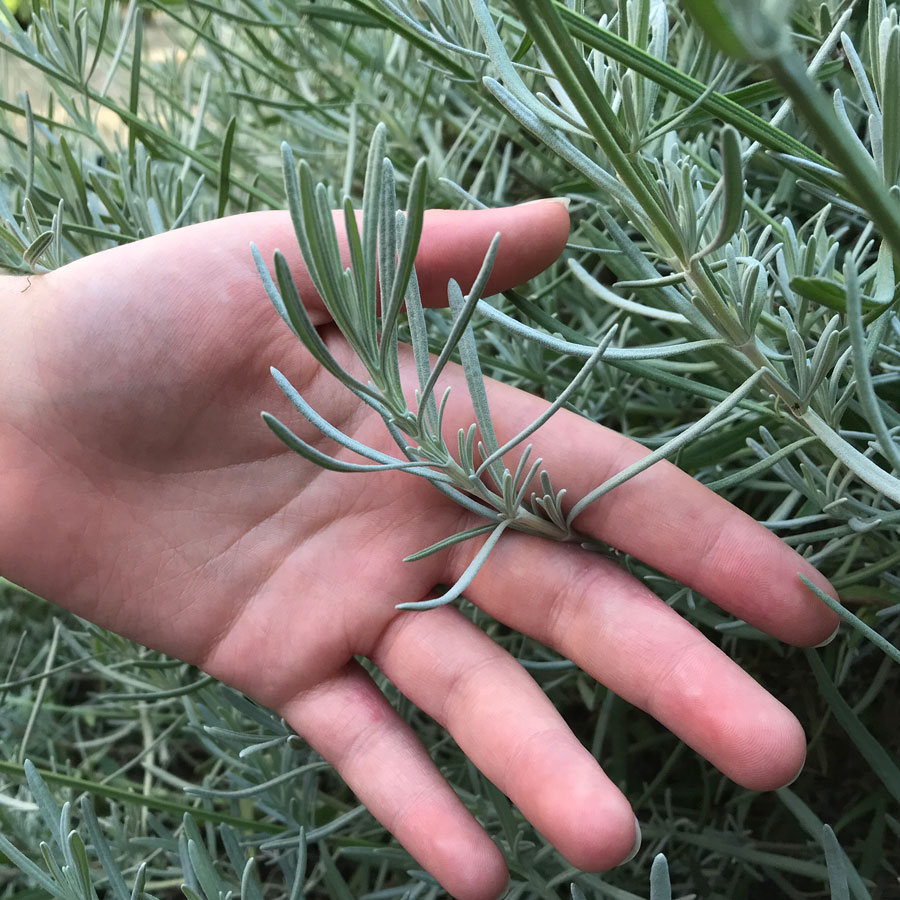
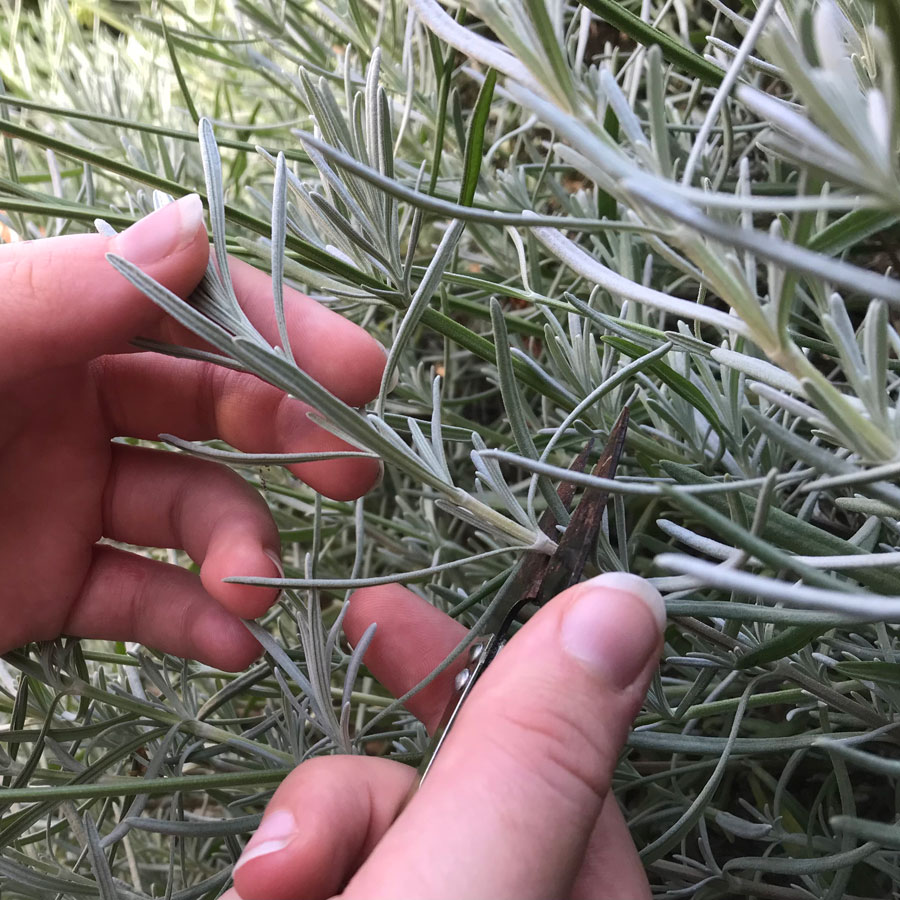
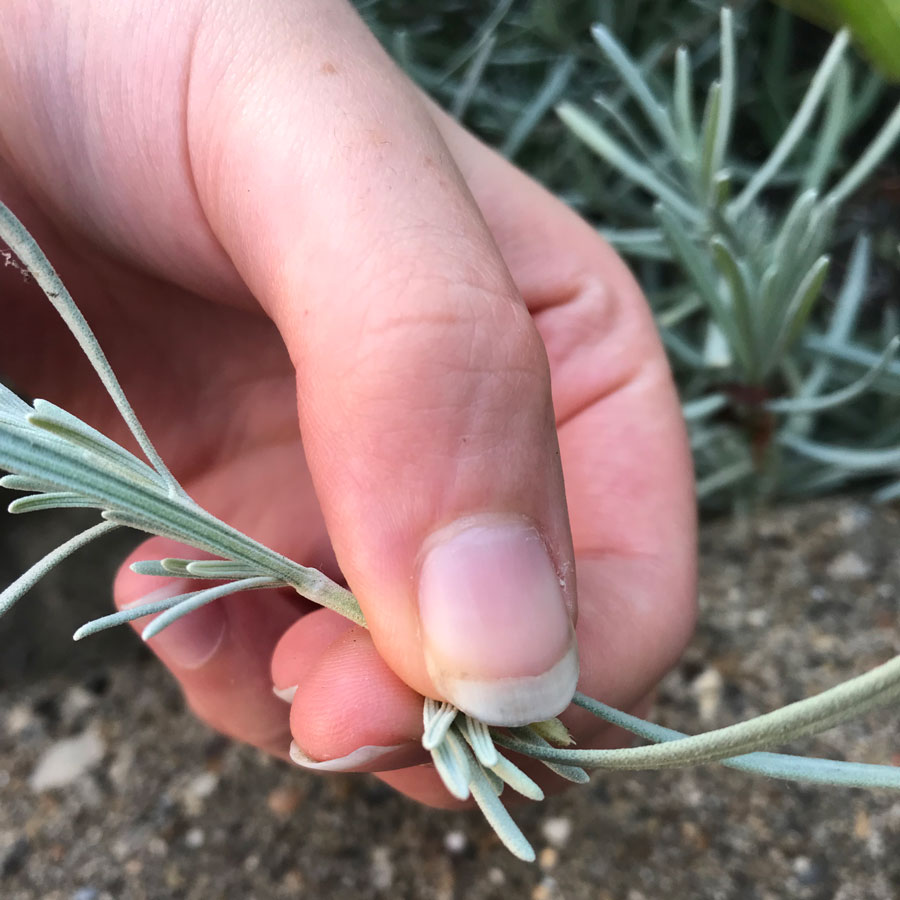
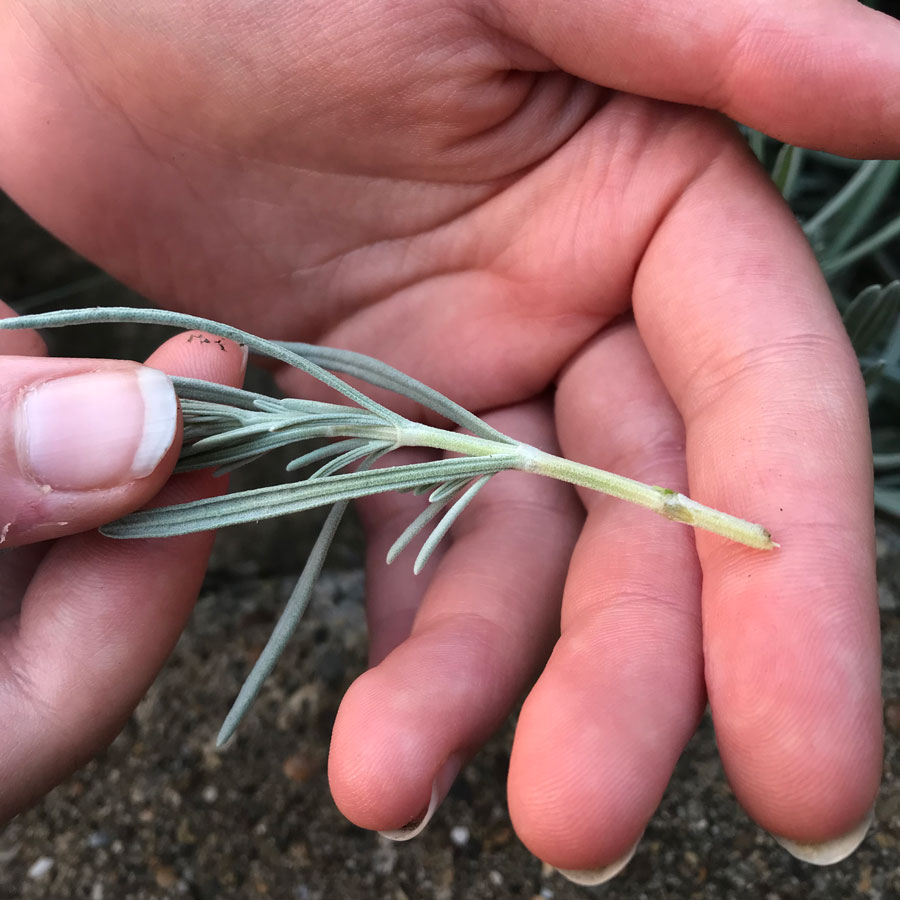
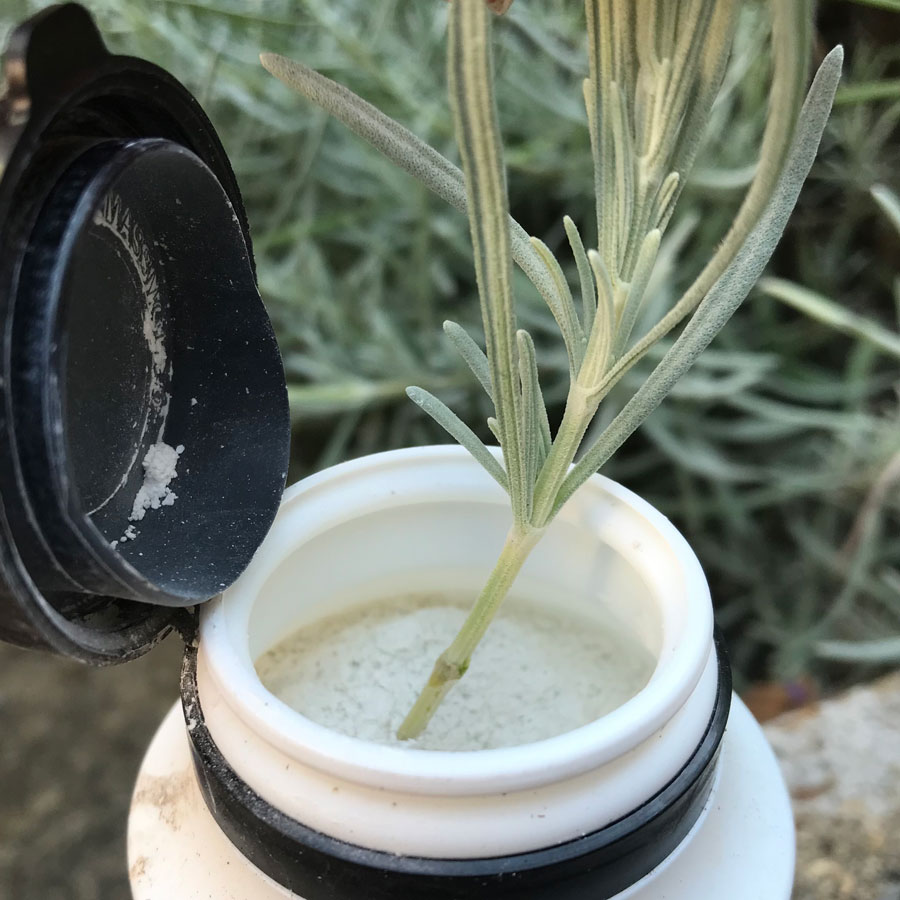
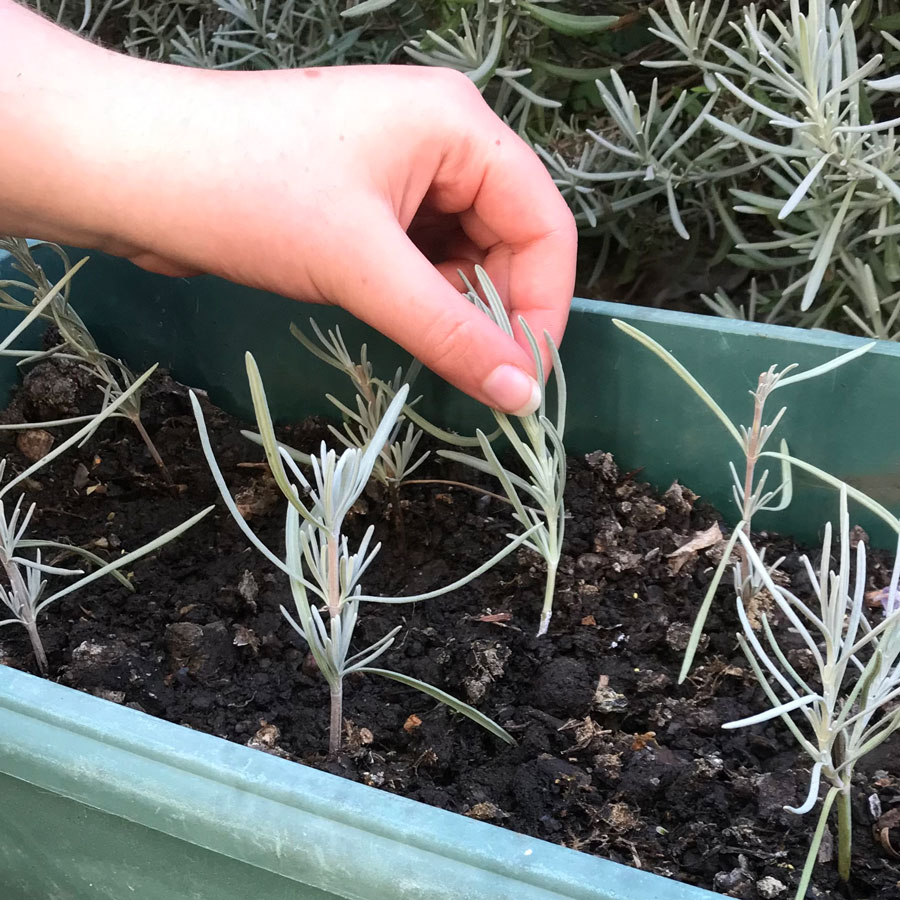
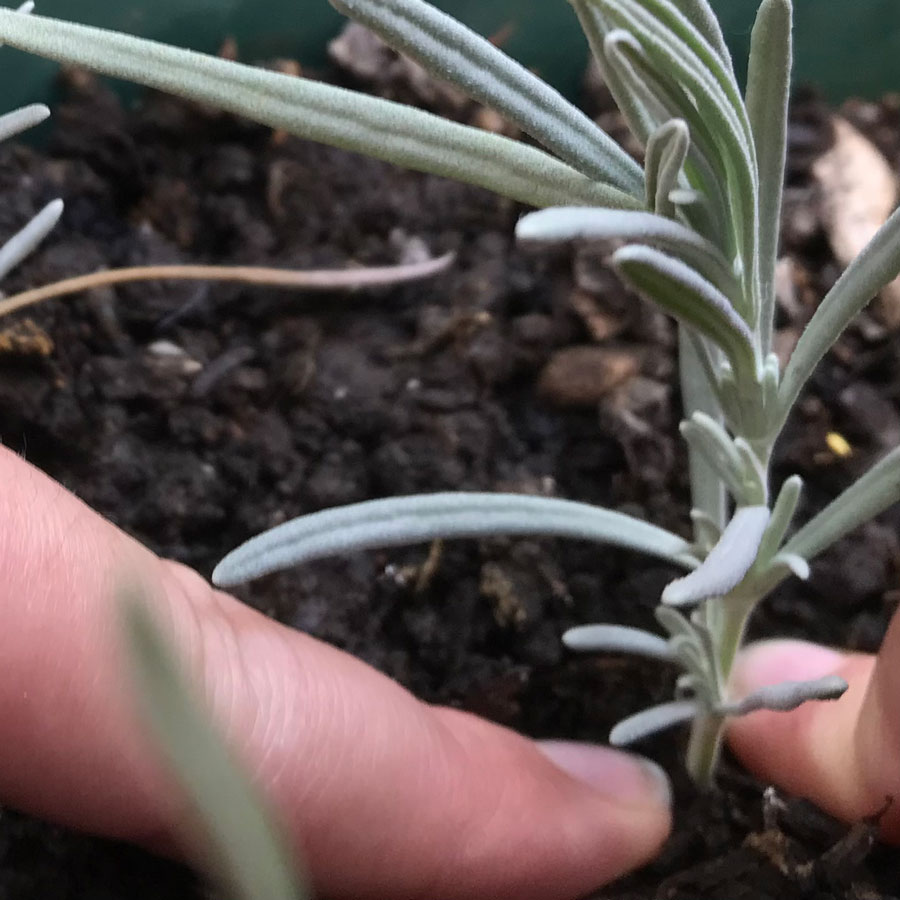
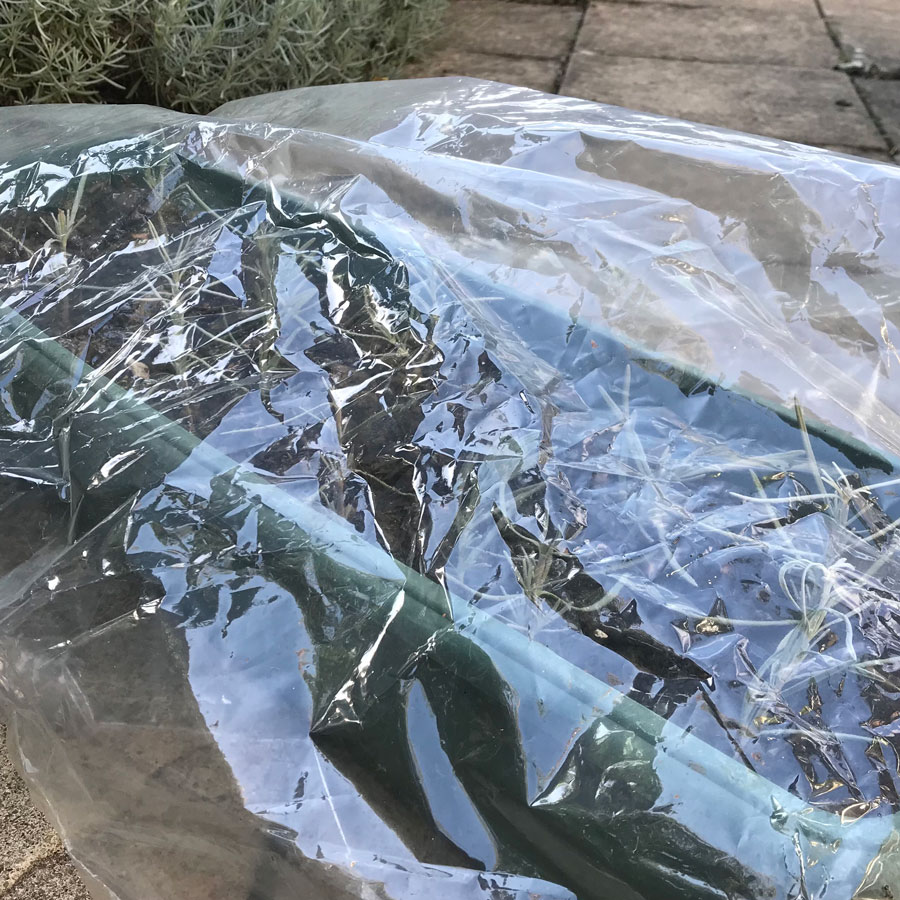
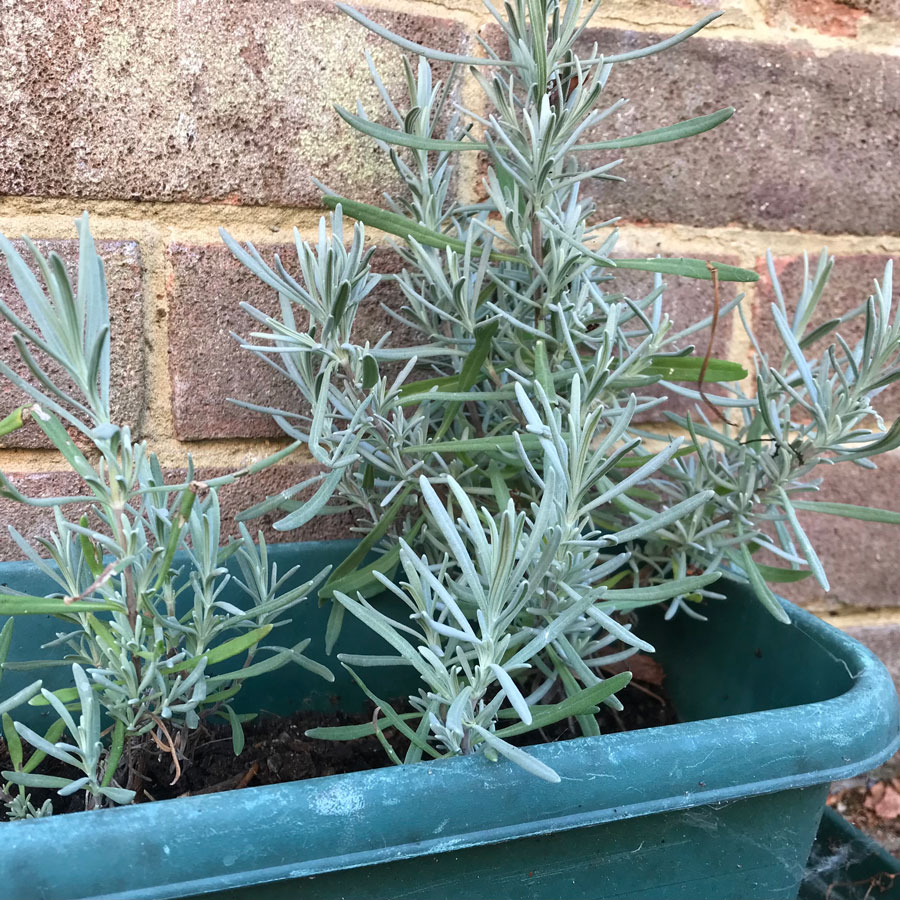
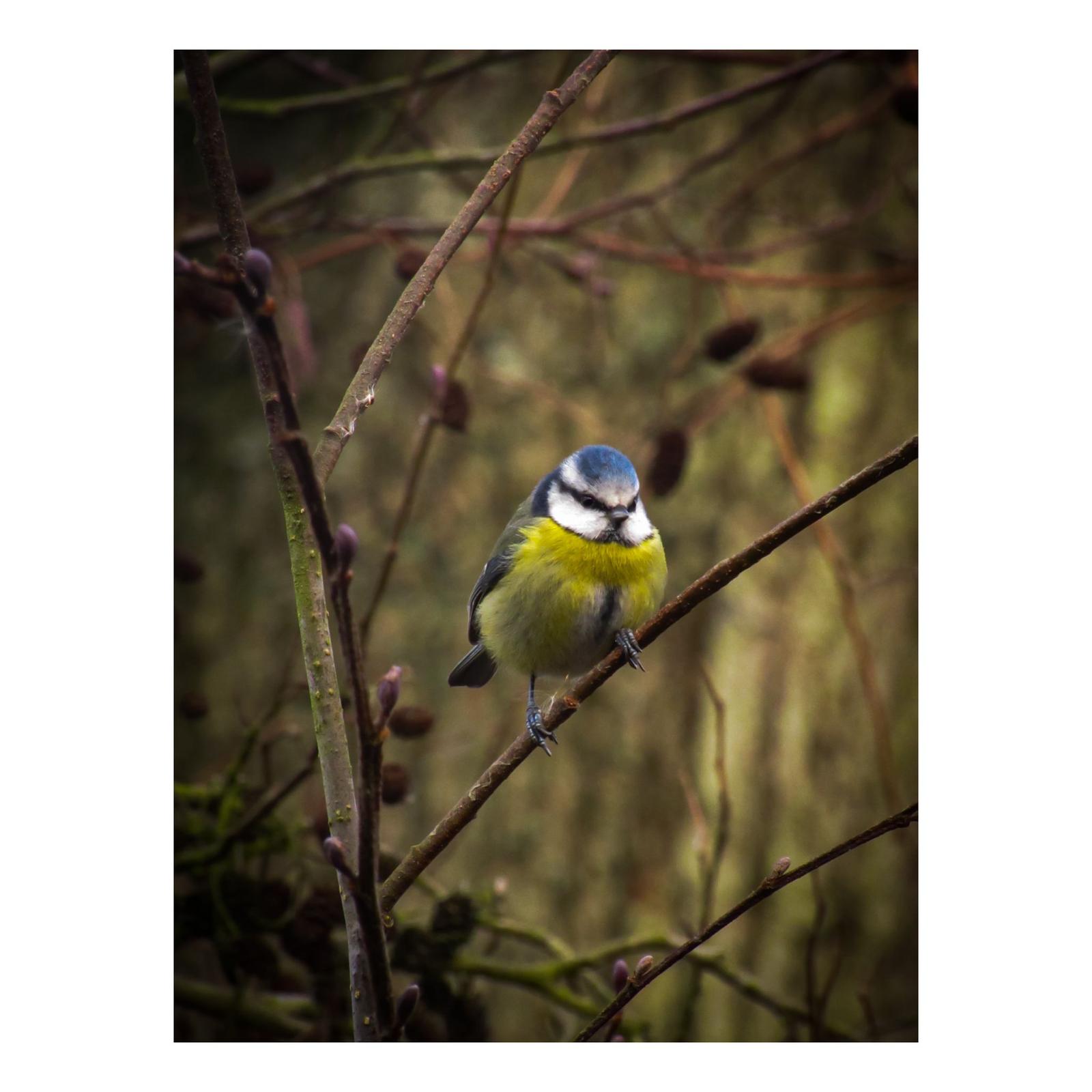

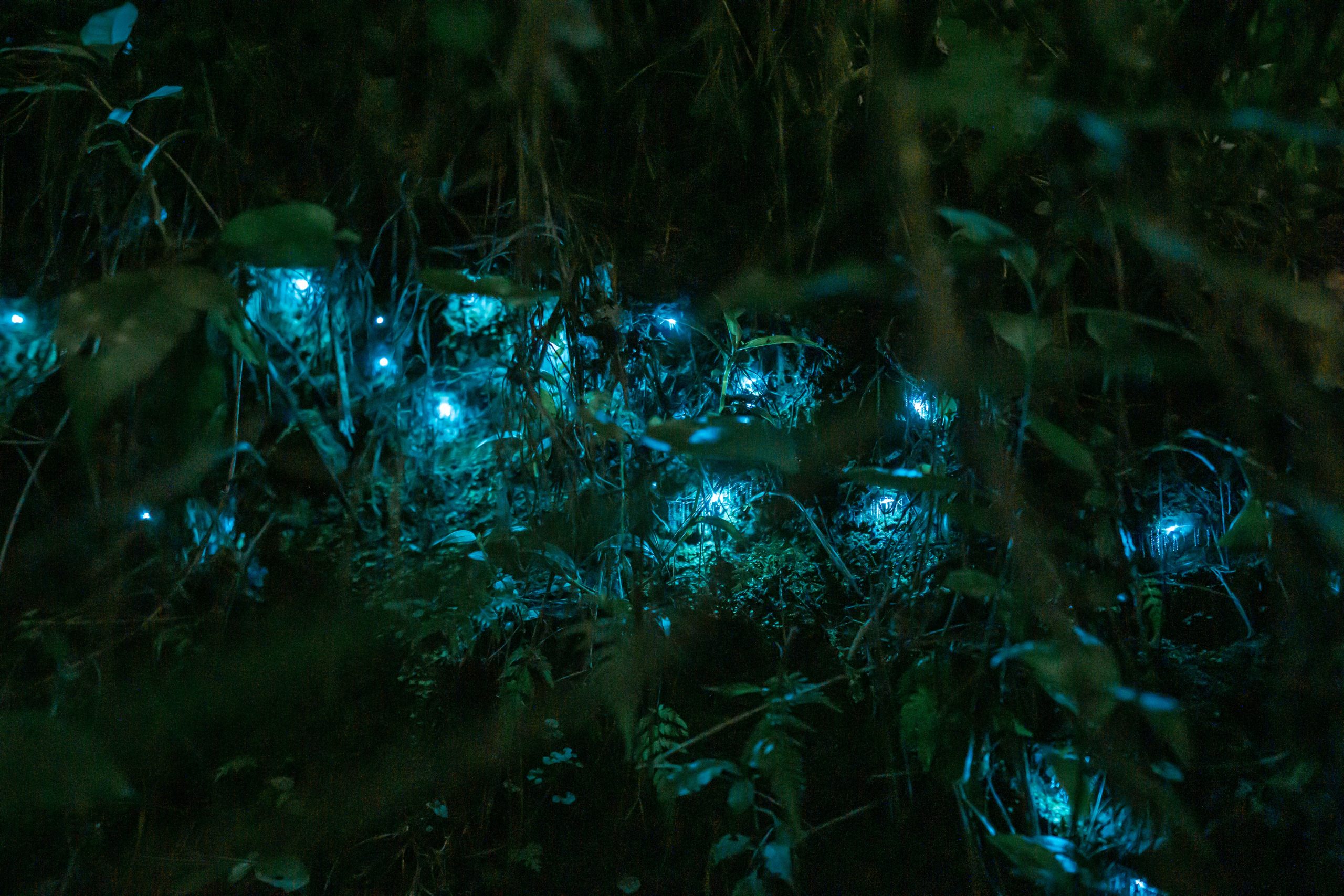
0 Comments